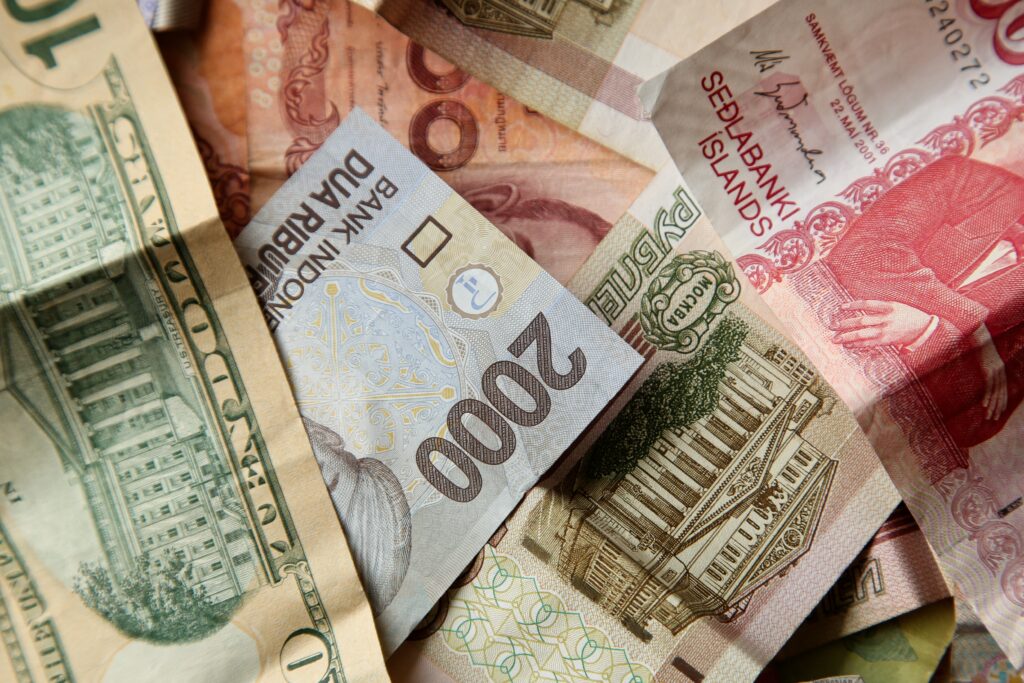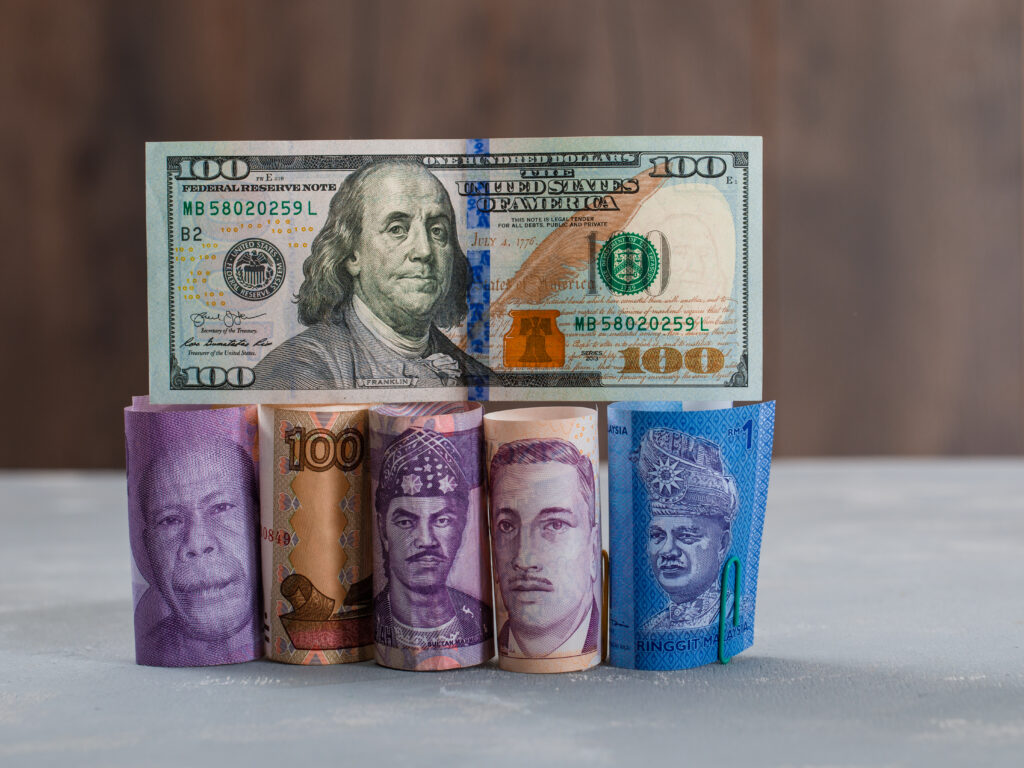When people search for 1000 USD to INR, they usually want to know how much 1000 U.S. dollars equals in Indian rupees. The answer is not always fixed because exchange rates change every day. If today’s rate is ₹83 for one dollar, then 1000 USD will equal ₹83,000 INR. But tomorrow, this number can go up or down depending on global market conditions.
Currency conversion is not just simple math. It connects to big topics like international trade, inflation, oil prices, and even political events. For students, travelers, investors, and businesses, knowing the real value of 1000 USD in INR is very important.
Why Exchange Rates Matter
Exchange rates show the strength of one country’s money compared to another. When the dollar is strong, Indians have to pay more rupees for the same amount of dollars. For example, if 1000 USD = ₹80,000 last month but today it is ₹83,000, the rupee has weakened.
This matters for many people. Students paying U.S. tuition, families receiving remittances, and companies importing goods all depend on this rate. A small difference in conversion can make a big impact on monthly budgets.
How Exchange Rates Are Decided
Demand and Supply
Like any product, currency also follows demand and supply. If more people want dollars, its value goes up. If demand for rupees increases, the rupee strengthens.
Role of Central Banks
The Reserve Bank of India (RBI) and the U.S. Federal Reserve both influence exchange rates. When RBI buys or sells dollars in the market, the value of rupees changes. Similarly, when the Federal Reserve increases interest rates, dollars become more attractive to investors, making the rupee weaker.
Global Trade
India imports oil, technology, and raw materials. Most payments are made in dollars. So, when oil prices rise, demand for dollars in India also rises, weakening the rupee.
Current Value of 1000 USD to INR
To calculate 1000 USD to INR today, you need the live exchange rate. Suppose the rate is 83.20. The calculation is simple:
1000 × 83.20 = ₹83,200 INR.
But remember, this is the mid-market rate. Banks, forex companies, or online wallets add small fees, so the actual money you get may be slightly less.
For example:
- At a bank, you might receive ₹82,500.
- At a remittance app, you might get ₹82,800.
- At an airport counter, you might only get ₹81,500 because they charge higher margins.
Historical Journey of USD to INR
Early 2000s
In 2000, 1 USD was worth around ₹45. This means 1000 USD = ₹45,000 INR.
Around 2010
By 2010, the rate touched ₹47. So, 1000 USD = ₹47,000 INR.
The 2020s
In 2020, the rate was about ₹74. Today, it is often between ₹82 and ₹84. So, 1000 USD = ₹82,000 to ₹84,000 INR.
This long-term trend shows the rupee has weakened compared to the dollar. Inflation, import needs, and global demand for dollars are the main reasons.
Why 1000 USD to INR Matters for Students
Indian students going abroad for studies need to pay tuition and living costs in dollars. If the rupee weakens, their costs go up. For example:
- If 1000 USD = ₹80,000, then a $10,000 tuition fee = ₹800,000.
- If 1000 USD = ₹84,000, then the same fee = ₹840,000.
This difference of ₹40,000 matters a lot in planning education budgets.
Why It Matters for Families and Workers Abroad
Millions of Indians work in the U.S. and send money home. If someone sends 1000 USD every month:
- At ₹83, families receive ₹83,000.
- At ₹85, families get ₹85,000.
That extra ₹2,000 can help with rent, bills, or savings. This is why families keep a close eye on daily rates.
Impact on Businesses
Indian companies that import goods from the U.S. also care about the USD-INR rate. For example, if a company buys machinery worth 1000 USD:
- At ₹82, it costs ₹82,000.
- At ₹84, it costs ₹84,000.
Higher exchange rates increase company expenses. On the other hand, Indian exporters benefit when the rupee is weak, because they get more INR for the same dollars they earn abroad.
How Investors Look at 1000 USD to INR
Stock market and forex investors always track this conversion. If an Indian investor puts money in U.S. stocks, they face currency risk. For example:
- If the rupee weakens, their U.S. investments are worth more in INR.
- If the rupee strengthens, they might get fewer rupees back.
Thus, even a small shift in the 1000 USD to INR rate can affect profits.
How to Get the Best Conversion Rate
Compare Different Providers
Always compare banks, online forex sites, and money transfer apps before converting. Small differences in rates can save thousands.
Avoid Airports and Hotels
Currency exchange at airports and hotels is usually the worst. They charge higher margins, giving you fewer rupees.
Use Forex Cards
If you are traveling, a prepaid forex card often gives better rates and saves conversion charges on every transaction.
Technology and Real-Time Rates
Today, many apps show live rates for 1000 USD to INR. These apps help travelers, students, and investors make quick decisions. Some even send alerts when the rate crosses your desired level.
Using these tools ensures you never miss the best moment to convert.
Factors That May Change the Rate in Future
Inflation in India
If inflation stays high, the rupee will likely weaken.
RBI Interventions
When RBI sells dollars to support the rupee, the rate improves.
Global Events
War, recession, or oil price hikes all affect demand for dollars, changing the rate quickly.

Example of Daily Life Impact
Imagine you plan a trip to the U.S. and budget $1000 for shopping and food.
- At ₹82, you need ₹82,000.
- At ₹84, you need ₹84,000.
Just a small change in the rate changes your whole travel budget. This shows why keeping track of 1000 USD to INR is important even for individuals.
The Psychological Angle
For many Indians, seeing the rupee weaken feels discouraging. A weak rupee means imports cost more, foreign education becomes expensive, and global travel requires more money. But it also helps exporters and boosts foreign reserves, creating a balance.
The Future of 1000 USD to INR
Experts believe the rupee will stay in the ₹82–₹85 range for now. In the long run, India’s strong economy and rising exports may stabilize the currency. But sudden events can always cause short-term fluctuations.
For individuals, this means planning smartly, watching daily rates, and converting money at the right time.
Conclusion
The value of 1000 USD to INR is more than just a currency conversion. It reflects global economics, local policies, and personal financial planning. From students and travelers to families and investors, everyone feels the effect of changing exchange rates.
Understanding why rates fluctuate, checking real-time updates, and choosing the best method to convert can help you get the maximum value. In a world where money crosses borders every second, staying informed is the smartest way to protect your finances.
FAQs
1. How much is 1000 USD to INR today?
It changes daily, but if the rate is ₹83, then 1000 USD = ₹83,000 INR.
2. Why does the USD-INR rate fluctuate?
Because of inflation, global oil prices, trade, and investor demand for dollars.
3. What is the cheapest way to convert 1000 USD to INR?
Online forex platforms and remittance apps usually give better rates than banks or airports.
4. Can I predict the future value of 1000 USD to INR?
No exact prediction is possible, but watching inflation, RBI policy, and global events gives clues.
5. Who benefits when the rupee weakens against the dollar?
Exporters and families receiving remittances benefit, but importers and students abroad face higher costs.
Read Also : Lake Texoma Should Be Capitalized: A Complete Guide

